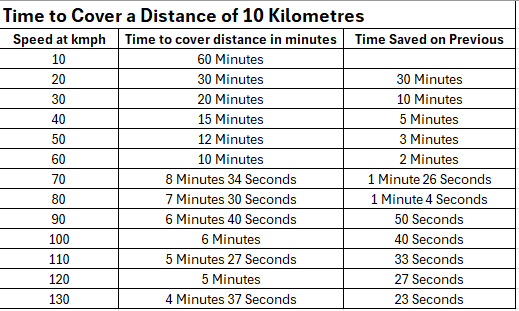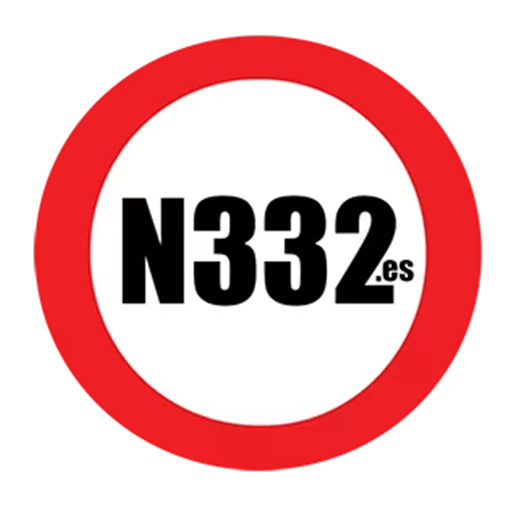“You won´t get there any quicker” might well be a saying you have heard at some point in your life, as a speeding driver passes a vehicle driving somewhat more appropriately. In fact, as any traffic cop would testify, “sorry officer, I was late for work / a weeding / the doctor” is a common excuse, but the reality is, the speed your vehicle is travelling is not directly related to time.
A warning, this is another complicated scientific reason, much like how we explained recently how your speedometer is most likely displaying an incorrect speed, but if you are a fan of motorsports, you are most likely already aware of the concept, because we are talking about pace.
First, the potentially complicated science bit. Speed and pace are different concepts. Speed is a measurement of distance per time, whereas pace is a measurement of time per distance.
Some vehicles these days are fitted with paceometers in addition to speedometers, in order to highlight the problem caused by this misconception, known as the “time-saving bias”, whereas people tend to misestimate the time they can save by increasing the speed in which they perform an activity such as driving.
Although for this example we will use a bit of artistic licence to demonstrate pace in terms of vehicle motion, to explain, if you are travelling at 10 kilometres per hour, that is your speed, whereas your pace is the time per distance, and so at that speed it would take you 1 hour, or 60 minutes, to cover a distance of 10 kilometres.
To look at a few more examples of this, if we are travelling at 30 kilometres per hour, it would take us a third of an hour to cover the 10 kilometres, 20 minutes.
At 50 kilometres per hour it would take 12 minutes. Traveling at 60 kilometres per hour we would cover the 10 kilometres in 10 minutes.
If we go higher to 80 kilometres per hour, it takes us 7 and a half minutes, if we travel at 90 it will take us 6.7 minutes, at 100 kilometres per hour it takes 6 minutes, at 120 it will take 5 minutes, and if we exceed the motorway speed limit and travel at 130 kilometres per hour, it will take us 4.6 minute to travel 10 kilometres.
If you use a mapping system for route-finding and have ever found yourself rushing in this way, you will perhaps have noticed that the estimated time of arrival barely changes. This is the reason.
What this shows us is that at the lower end of the speed scale, the difference in time is significant. To travel our 10 kilometres at 10 kmph taking an hour, reduced to just 20 minutes if we drive at 30, saving us 40 minutes.
However, at the upper end of the scale, the time saved is utterly insignificant by comparison. If we add the same 20 kilometres excess to our 80 kmph speed, so we travel at 100 kilometres per hour, the time saving is just 1 minute.

And yet, when we get to those higher speeds, we put ourselves and other road users in a heightened state of risk. For the sake of a minute, is it worth it?
So, if you are late, just be late. Don’t put yourselves and others in an unnecessary state of risk, it is really not worth it, and if you are ever stopped for speeding, perhaps think twice before using time as an excuse, because it simply doesn’t count.
Discover more from N332.es - Driving In Spain
Subscribe to get the latest posts sent to your email.

You must be logged in to post a comment.